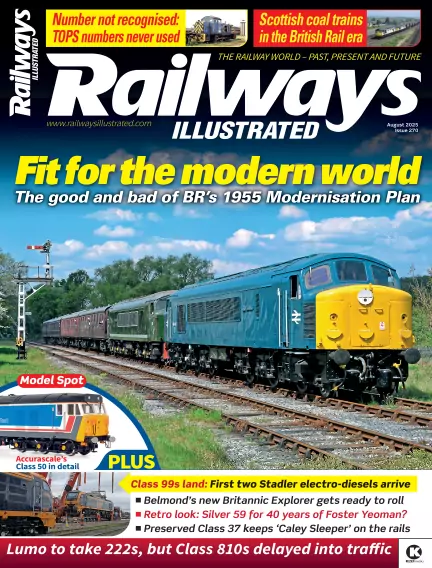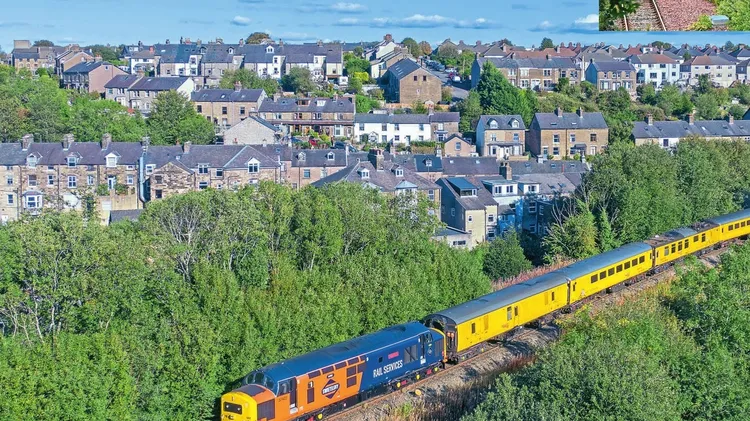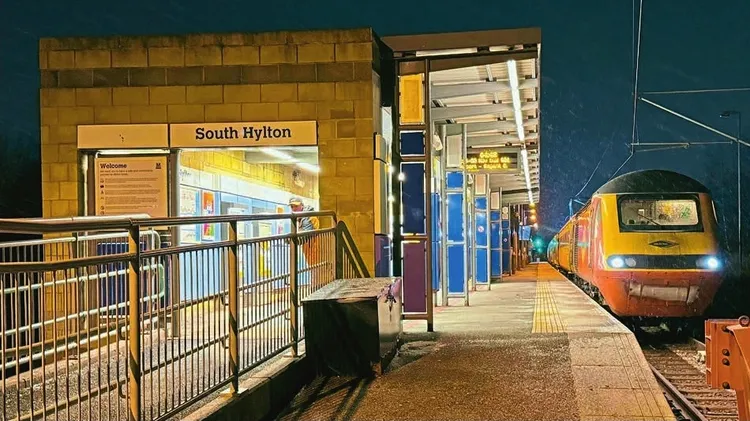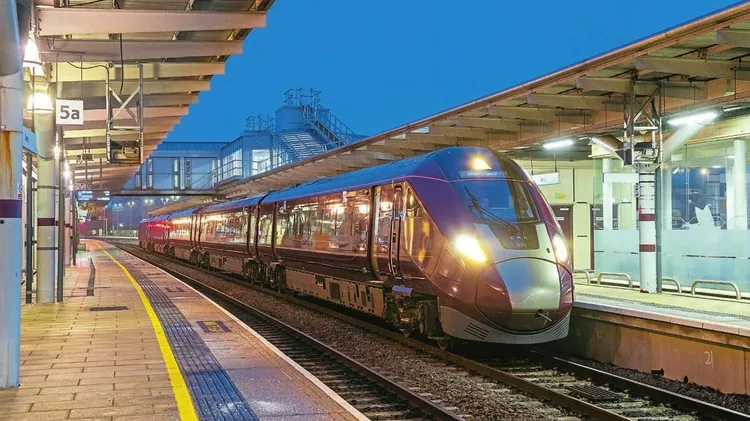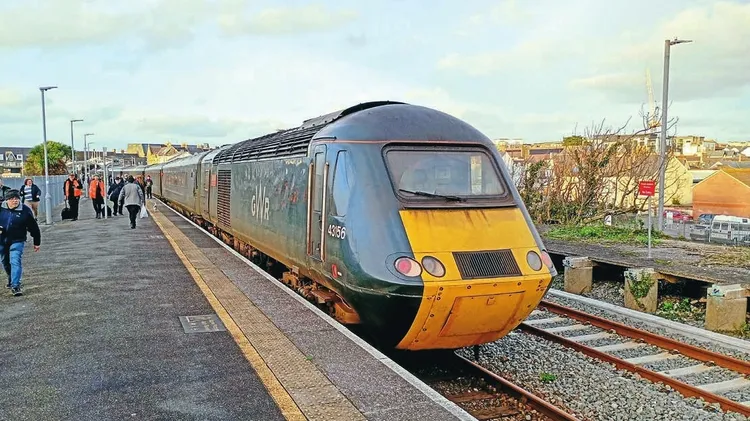The switch to TOPS numbers in the early 1970s was, overall, most
Number not recognised…
19 min read
This article is from...
Read this article and 8000+ more magazines and newspapers on Readly
